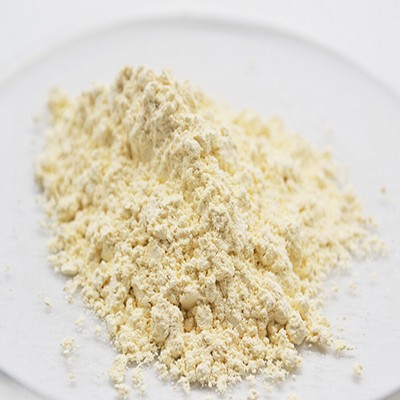Anionic Polyacrylamide Cas No 9003-05-8 - Buy Anionic
anionic polyacrylamide cas no 9003-05-8 is packaged in polyethylene kraft with plastic bag. 25kg per bag. It should stored in draughty, dry place which avoid moisture, drenching.
The Poly(acrylamide), with the CAS number of 9003-05-8, can be called 2-Propenamide, homopolymer ; Acrylamide homopolymer ; Poly(2-propenamide) ; Polyacrylamide resin; Polyacrylamide .This chemical's molecular formula is (C 3 H 5 NO) x-.It is a white to faintly yellow granule.

ChemIDplus - 9003-05-8 - Polyacrylamide - Similar
9003-05-8 - Polyacrylamide - Similar structures search, synonyms, formulas, resource links, and other chemical information. Skip Navigation U.S. National Library of Medicine
Get Price- What factors affect the flocculation effect of cationic polyacrylamide (CPAM)?
- Cationic polyacrylamide (CPAM) is a commonly used flocculant for water treatment. Factors that affect the flocculation effect and can be controlled manually include the type and dosage of CPAM, wastewater pH, stirring time and settling time, and their reasonable setting is critical to the flocculation effect of CPAM.
- What is high molecular weight polyacrylamide (PAM)?
- Provided by the Springer Nature SharedIt content-sharing initiative High molecular weight (106–3 × 107 Da) polyacrylamide (PAM) is commonly used as a flocculant in water and wastewater treatment, as a soil conditioner, and as a viscosity modifier and friction reducer in both enhanced oil recovery and high volume hydraulic fracturing.
- Why are polyacrylamides a good choice for flocculants?
- Polyacrylamides are the choice for flocculants due to the wide variety of monomers available for manufacture, high molecular weights achievable, and the possibility of a wide range of ionic charges. Polyacrylamides in various forms have been developed and are used extensively in papermaking.
- Does polyacrylic acid flocculate better than acrylamide and Quaternary acrylate salt?
- In Ref , scientists discovered that a wider distribution of polymer sizes resulted in greater flocculation for polyacrylic acid, while no such effect was observed with the copolymer of acrylamide and quaternary acrylate salt (Percol).








